20 Professional Chef Tricks That Transform Home Cooking
Discover the secrets chefs only know to improve your dishes and make restaurant-quality meals at home.
- Daisy Montero
- 5 min read

Have you ever cooked a weeknight dinner and realized something was missing when you tasted the sauce? You’ve got the basics down, but it just tastes plain and simple. There are actually tricks professional chefs use to make their dishes taste according to everyone’s expectations and tastes. So, grab your apron and transform into a chef.
1. Mastering the Art of Seasoning
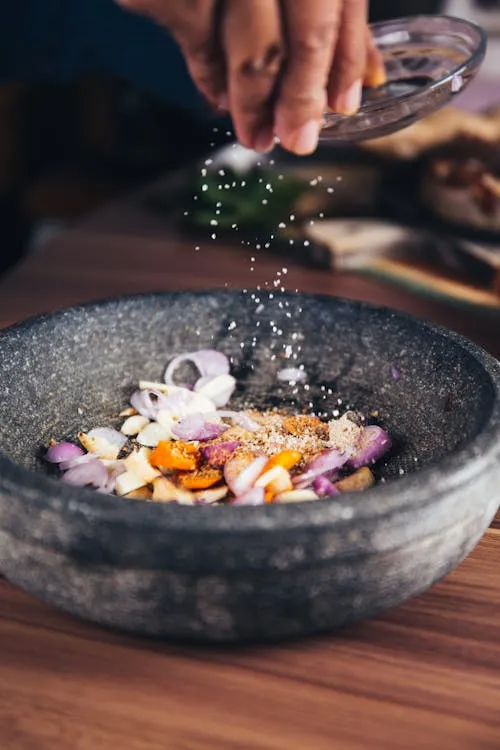 Dapur Melodi on Pexels
Dapur Melodi on Pexels
One of the biggest secrets chefs use is layering flavors with salt at different stages of cooking. After tasting the dish, you seem to experience a wow factor. Chefs don’t just dump salt in a dish; they sprinkle it in layers as the dish cooks.
2. Use Fresh Herbs, Not Dried
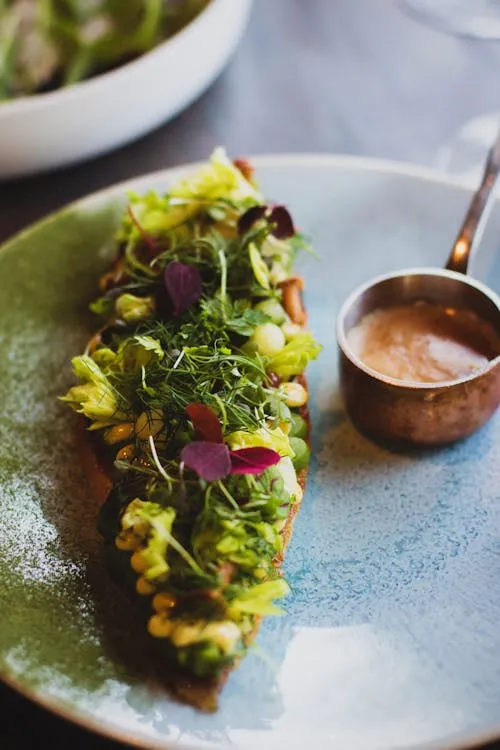 Kristina Paukshtite on Pexels
Kristina Paukshtite on Pexels
Fresh herbs can make a massive difference in the flavor of your cooking. Try using fresh basil, rosemary, or thyme for a more herbal taste. Always add fresh herbs at the end to maintain their brightness and freshness.
3. Mise en Place to Set Up Your Station
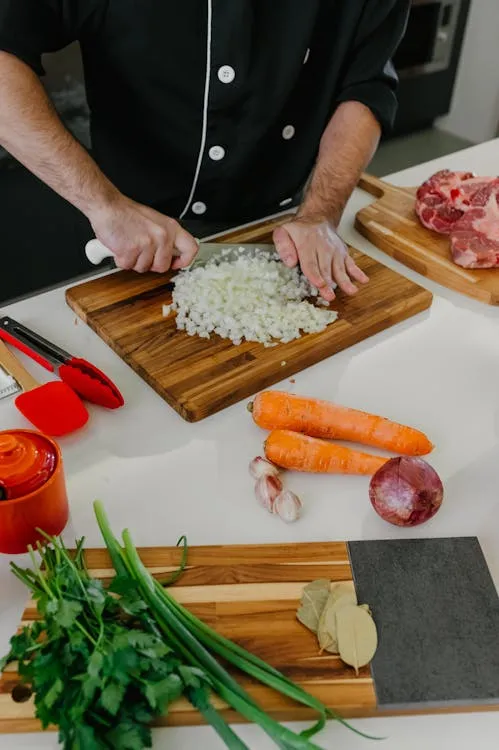 Jonathan Borba on Pexels
Jonathan Borba on Pexels
A professional chef organizes and preps all the ingredients before cooking. This practice is called “mise en place,” which helps you work efficiently and ensures you don’t miss a step. Plus, your kitchen will look organized while you’re on the move.
4. Keep your Knives Sharp
 khezez | خزاز on Pexels
khezez | خزاز on Pexels
Sharp knives make food prep quicker and safer. Chefs sharpen their knives more often to perform clean cuts, which help preserve the texture and flavor of ingredients. Plus, you don’t want your dish to look like a disaster because of using a mediocre knife.
5. Use the Right Cookware
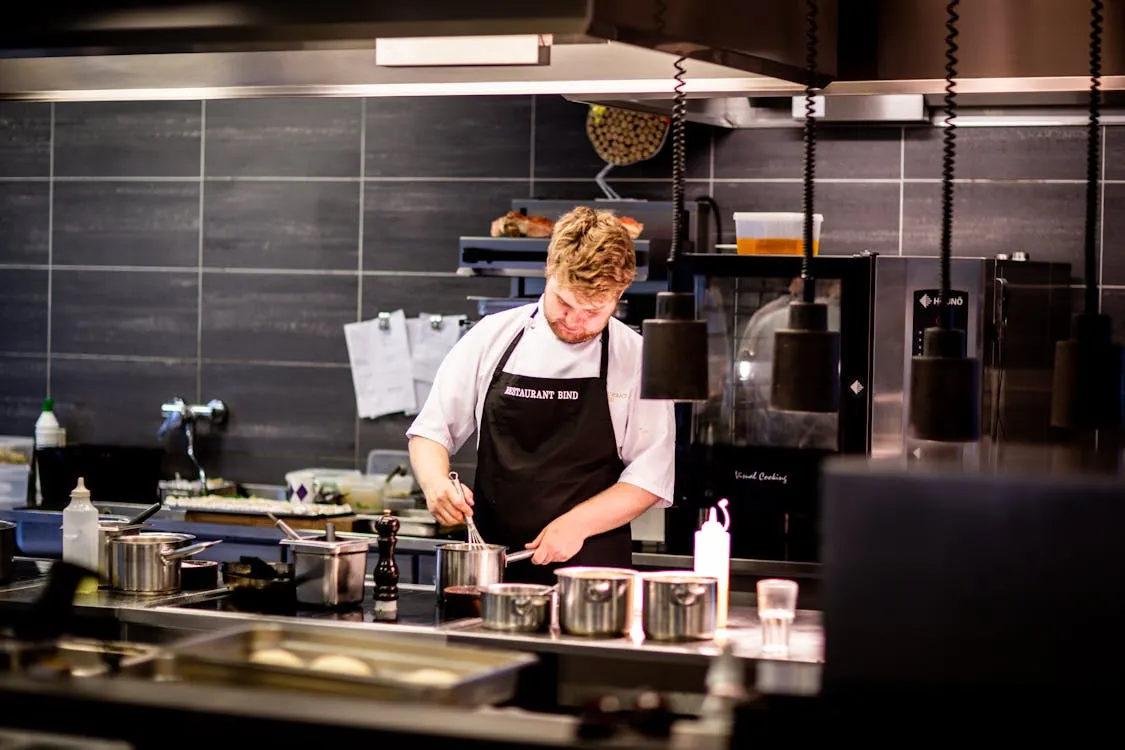 Rene Terp on Pexels
Rene Terp on Pexels
Chefs choose specific cookware for different types of cooking. They use cast iron for searing and stainless steel for sauteing. Proper pans help cook foods evenly and hold heat well.
6. Choose Quality Oils
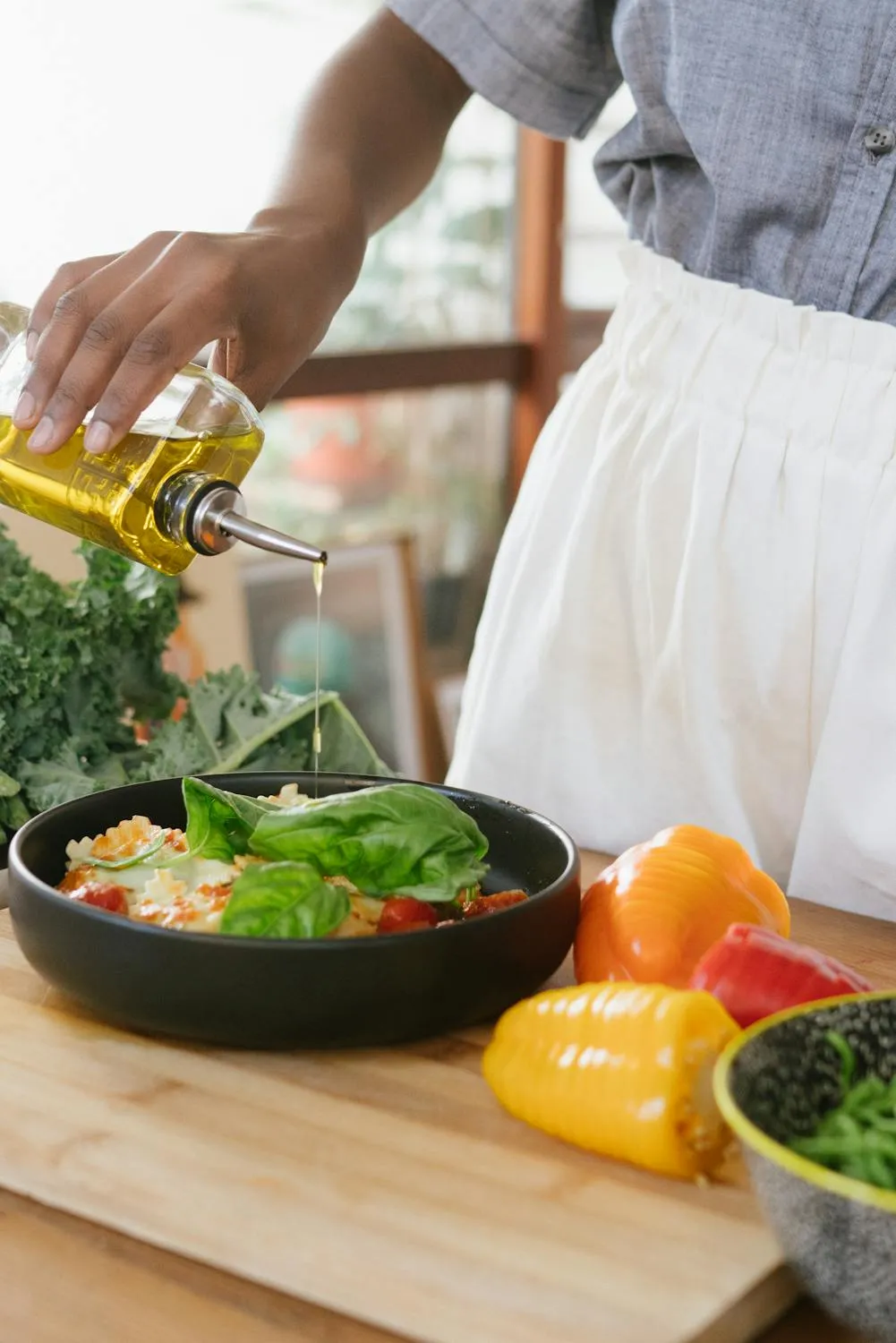 RF._.studio on Pexels
RF._.studio on Pexels
For chefs, using high-quality oils like extra-virgin olive oil adds richness to dishes. Choose oils with a higher smoke point for high-heat cooking, like avocado or grapeseed oil.
7. Add Aromatics for Extra Flavor
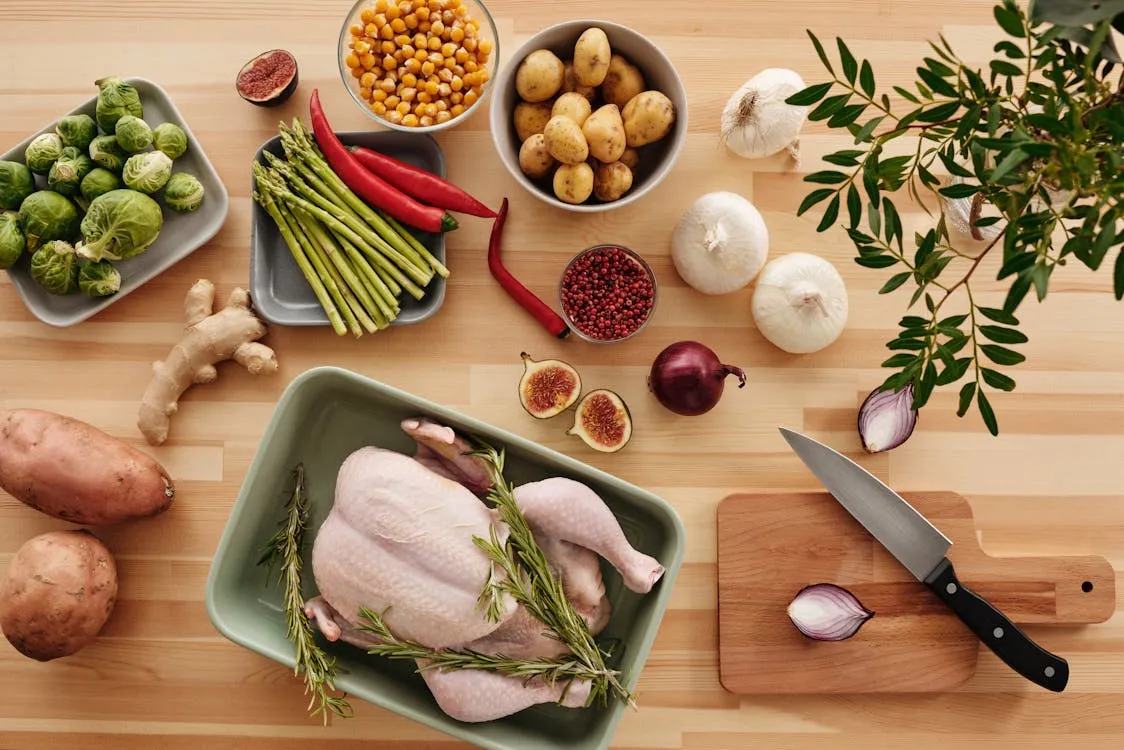 Vanessa Loring on Pexels
Vanessa Loring on Pexels
Chefs often add garlic, shallots, or ginger to dishes as aromatics. Sauteing them immediately releases flavor compounds that enhance the dish’s aroma and flavor.
8. Finish with a Splash of Acid
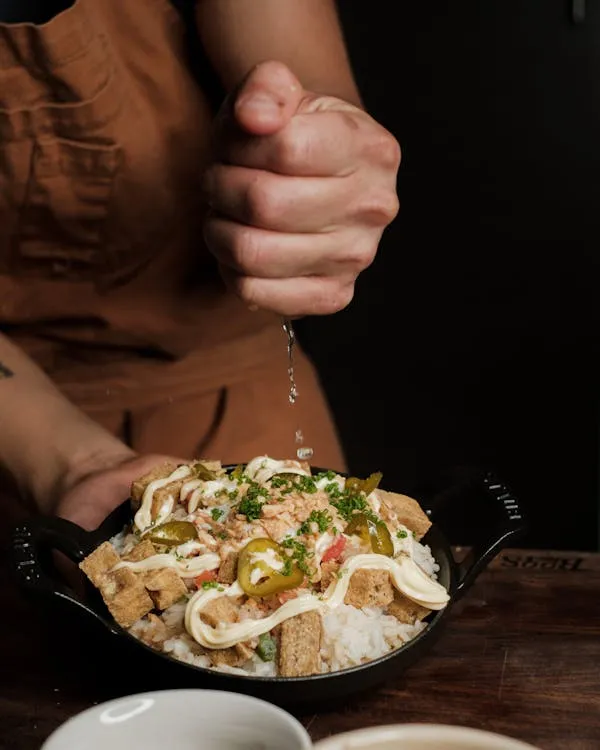 Airam Dato-on on Pexels
Airam Dato-on on Pexels
Lemon juice or vinegar can brighten flavors and balance food’s richness. Chefs use acid to add a final touch that lifts the entire dish, especially for heavier foods.
9. Garnish for Color and Texture
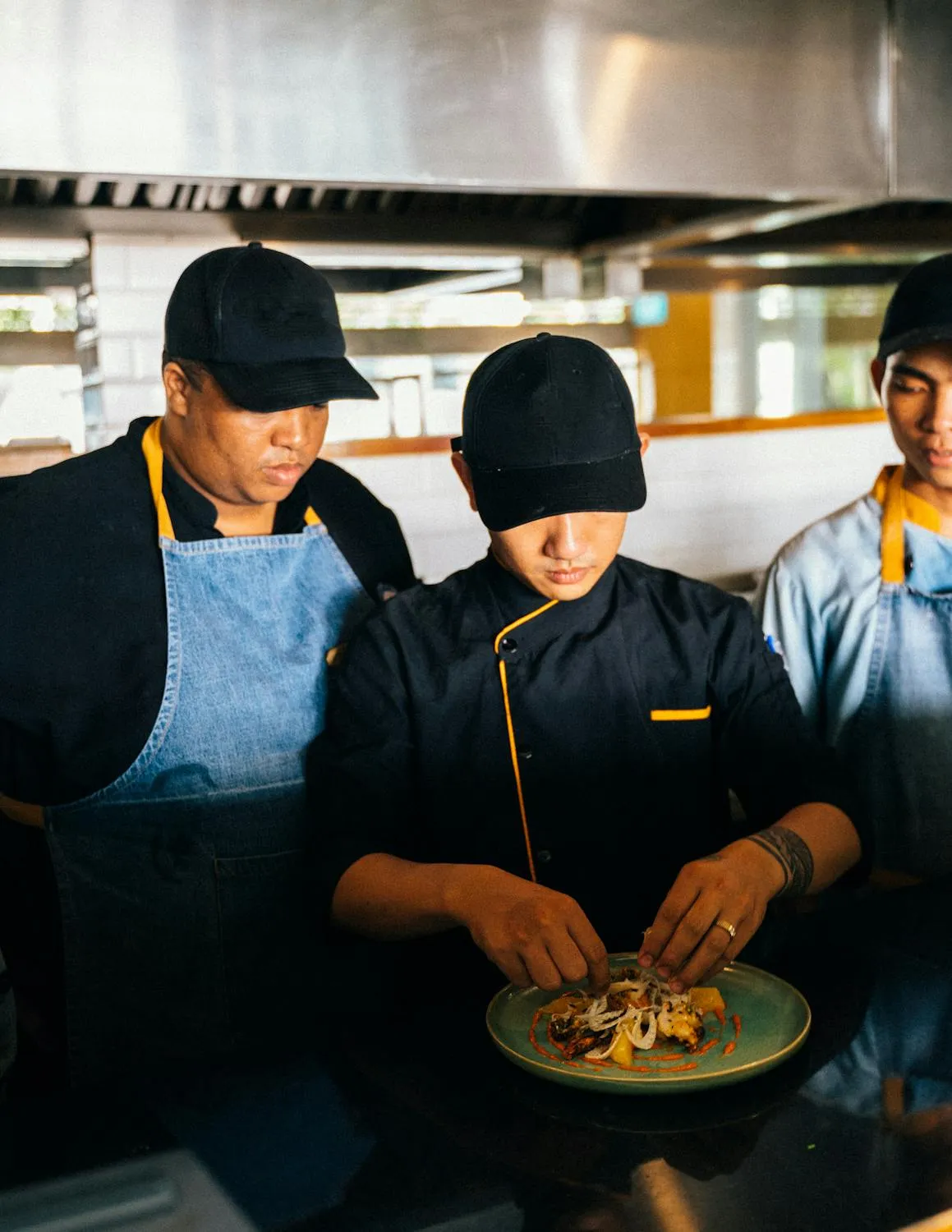 Anna Tarazevich on Pexels
Anna Tarazevich on Pexels
Simple garnishes like chopped herbs, edible flowers, or a dash of cream add color, texture, and visual appeal to a dish. Chefs use garnishes to enhance the eating experience, not just the taste but also the presentation.
10. Master the Sear
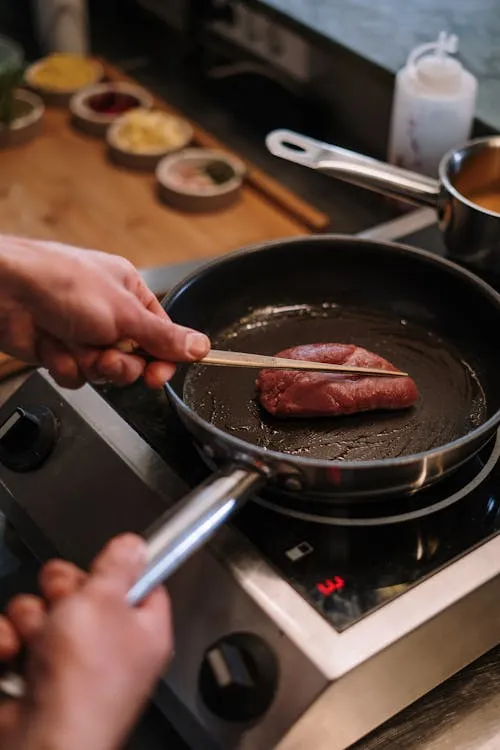 cottonbro studio on pexels
cottonbro studio on pexels
A good sear locks in juices and flavor. Chefs use high heat and patience to allow food to brown before flipping. This caramelizes the outside, which adds a delicious crust.
11. Try Sous-Vide for Precise Cooking
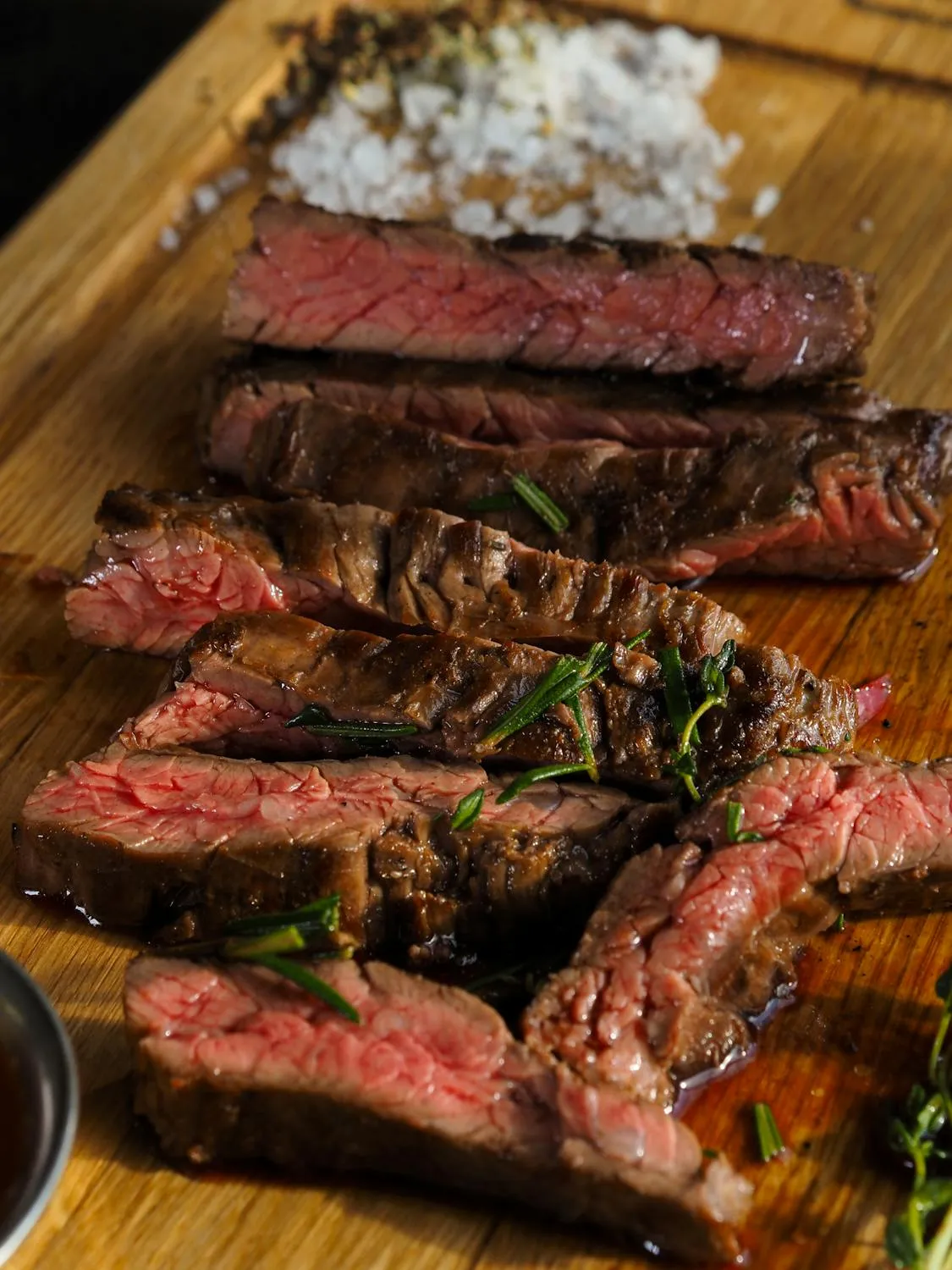 Nadin Sh on Pexels
Nadin Sh on Pexels
Sous-vide is a technique where food is vacuum-sealed and cooked in a water bath at a precise temperature. This method is popular with chefs because it ensures even cooking and keeps foods tender and juicy.
12. Make Your Own Pasta
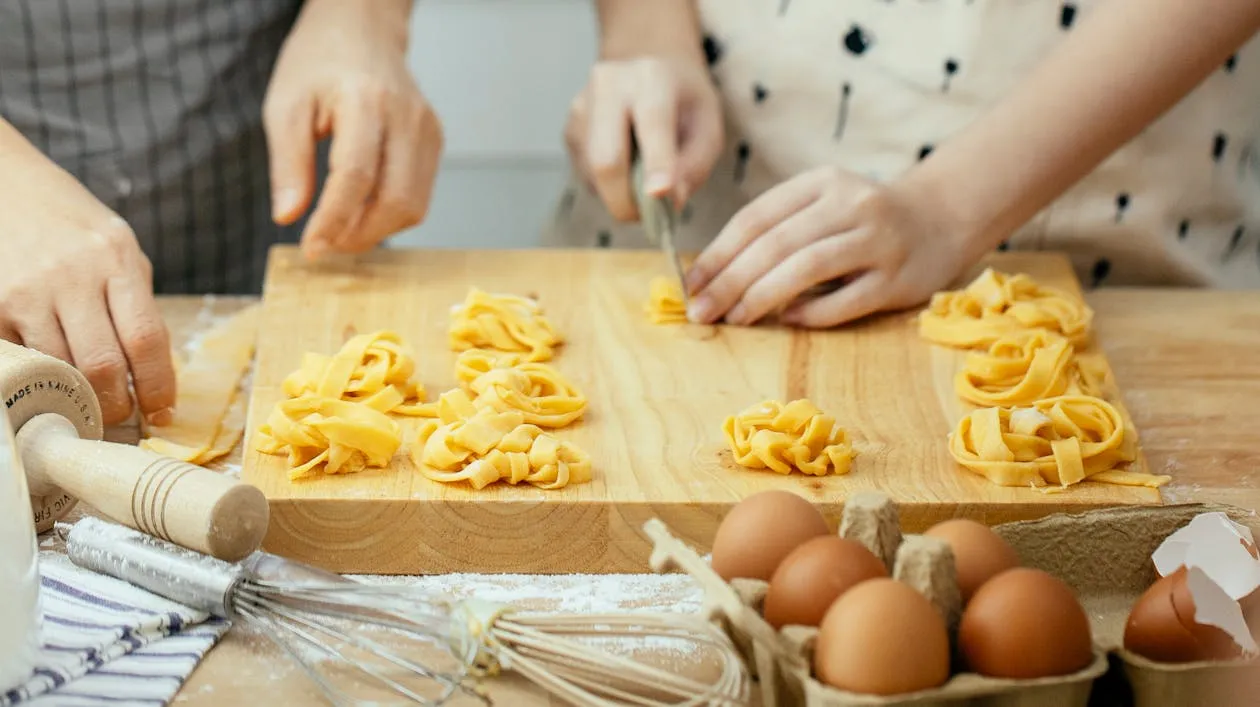 Katerina Holmes on Pexels
Katerina Holmes on Pexels
Homemade pasta has a unique texture and taste that dried varieties can’t match. Chefs love making pasta for its freshness and ability to hold sauces better. Plus, it adds to the fact that chefs have mastered this in culinary school.
13. Know When to Flip
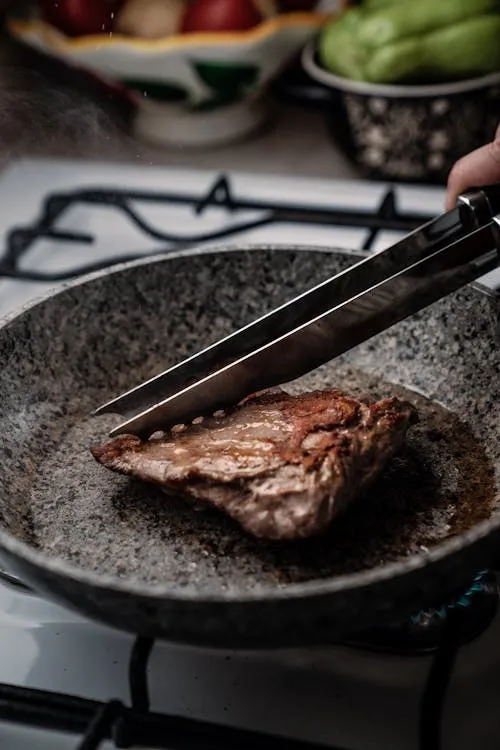 Los Muertos Crew on Pexels
Los Muertos Crew on Pexels
Chefs often say, “If it sticks, it’s not ready to flip.” Wait until proteins like fish and meat are released from the pan to get a clean, beautiful crust without tearing.
14. Experiment with Flambé
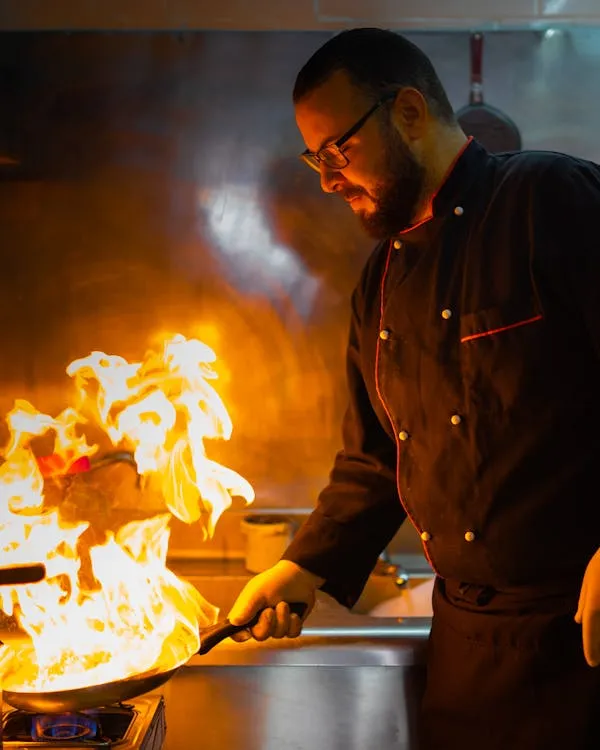 Helmy Zairy on Pexels
Helmy Zairy on Pexels
Adding alcohol like brandy or rum and igniting it can add a smoky taste to enhance flavors. Chefs use flambé to bring mixed aromas to dishes but remember to be cautious when using flames.
15. Marinade for Deeper Flavor
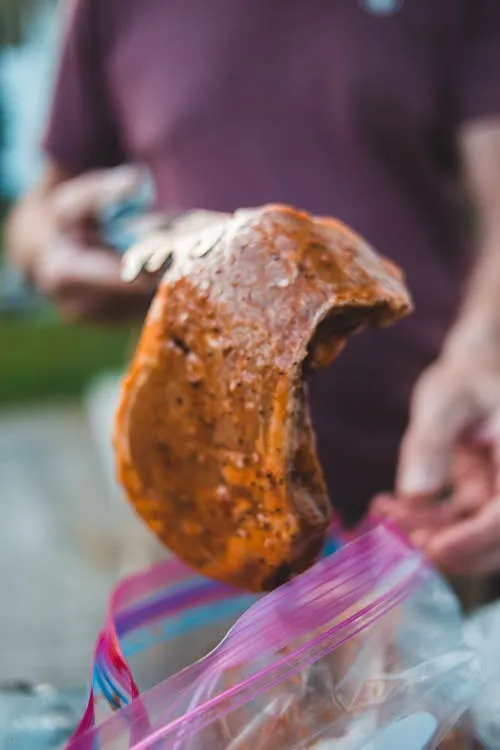 Erik Mclean on Pexels
Erik Mclean on Pexels
Marinades break down proteins and infuse foods with flavor. Chefs marinate meats, fish, and even vegetables for hours or overnight to achieve a richer taste that is soaked in.
16. Use Stale Bread for Texture
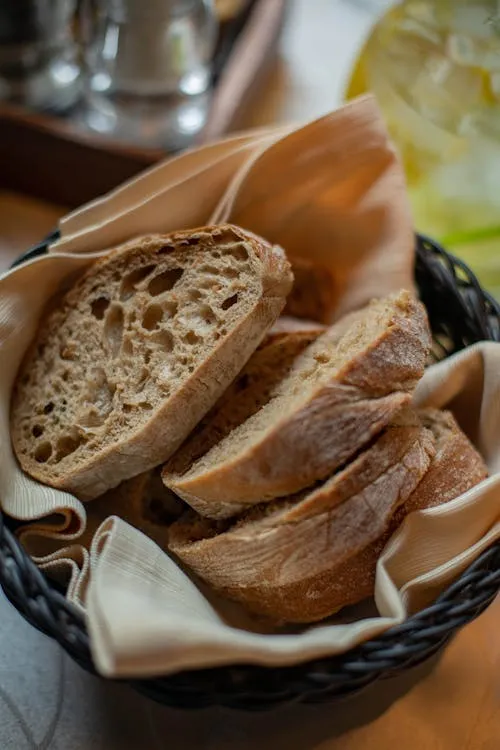 Valeria Boltneva on Pexels
Valeria Boltneva on Pexels
Chefs often repurpose stale bread by toasting it for breadcrumbs or croutons. This adds crunch and flavor to dishes like salads, pastas, and casseroles.
17. Use a Meat Thermometer
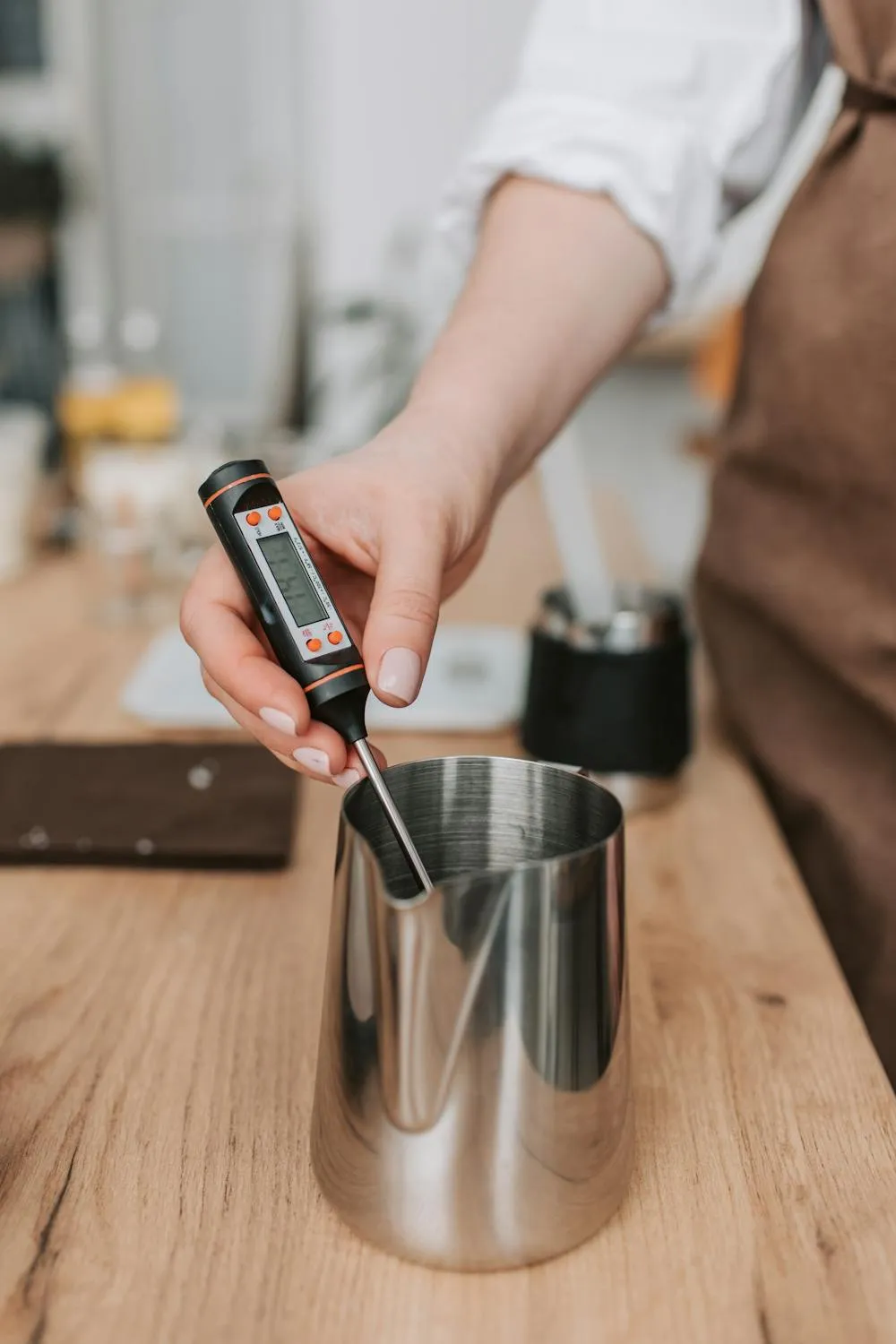 Vlada Karpovich on Pexels
Vlada Karpovich on Pexels
Precision is key in cooking meats. A thermometer helps chefs know exactly when meats are perfectly cooked. This is also important for them, especially during busy hours when everything needs to be kept up in the kitchen.
18. Make Your Own Stock
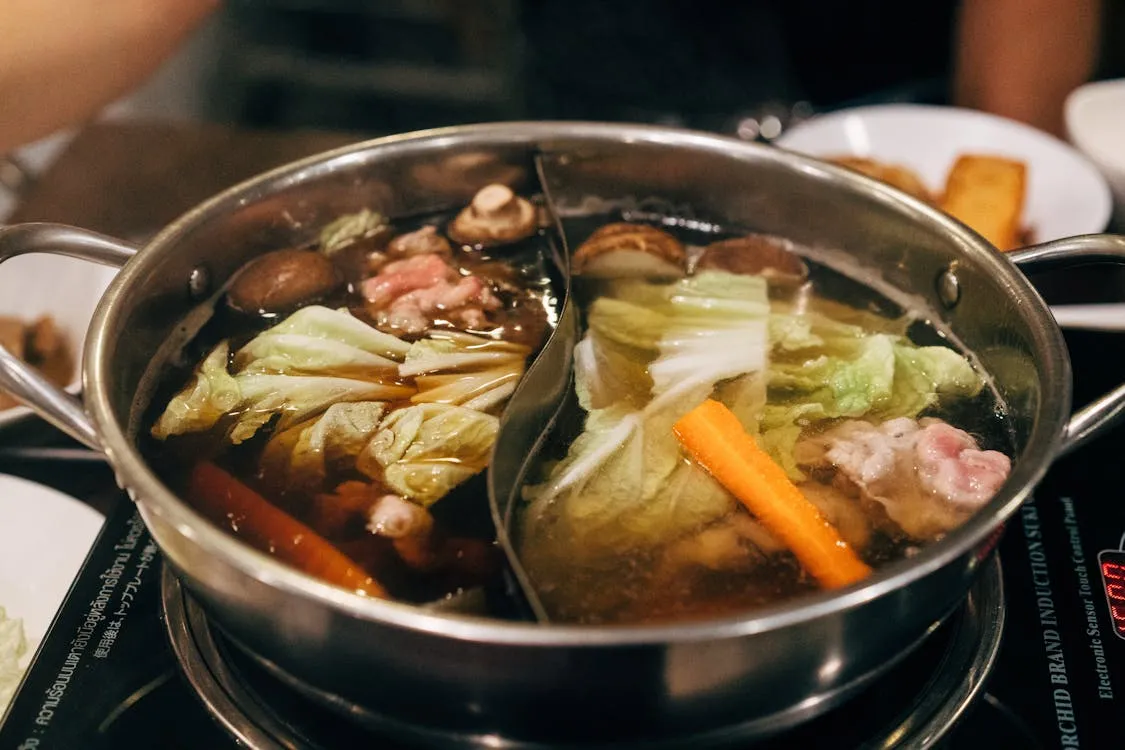 Markus Winkler on Pexels
Markus Winkler on Pexels
Homemade stock has a richness that store-bought varieties often lack. For hours, chefs simmer bones, vegetables, and herbs to create a base that adds to soups, sauces, and risotto. This is very easy to do as you only combine all the ingredients in one pot.
19. Temper Chocolate for Smooth Results
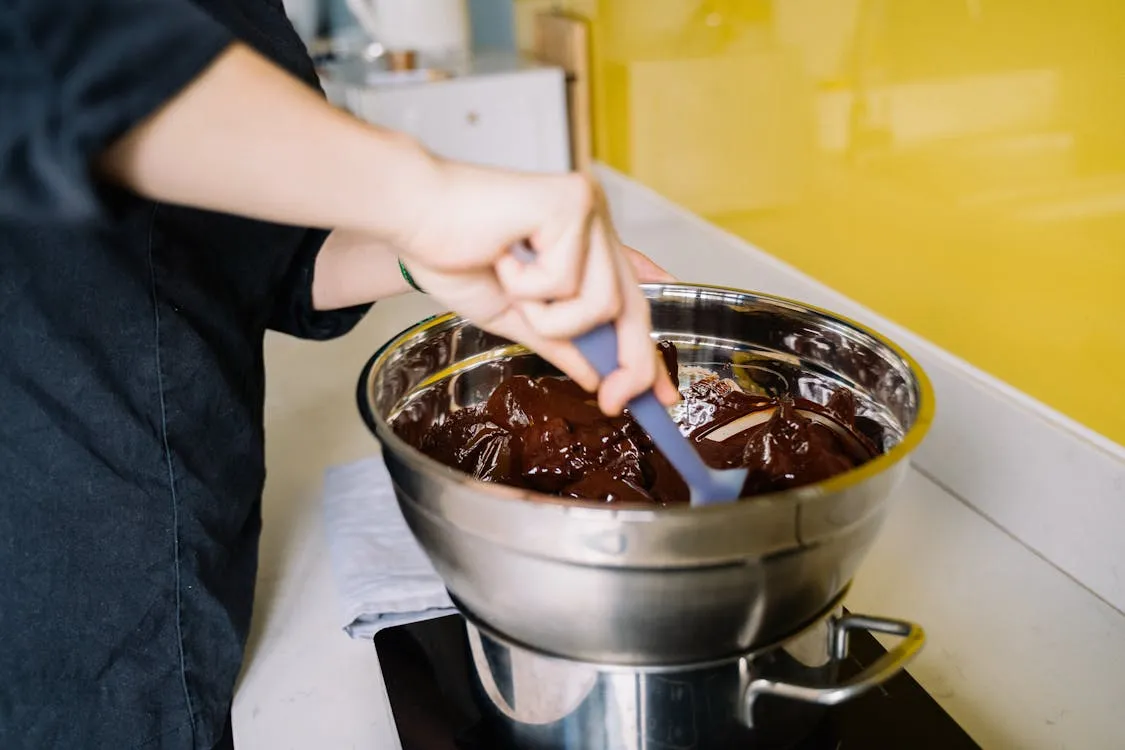 Anna Tarazevich on Pexels
Anna Tarazevich on Pexels
Tempering chocolate gives it a smooth, glossy finish and prevents it from melting too quickly. Chefs use this technique for making desserts, candles, and chocolate decorations.
20. Plate with Precision
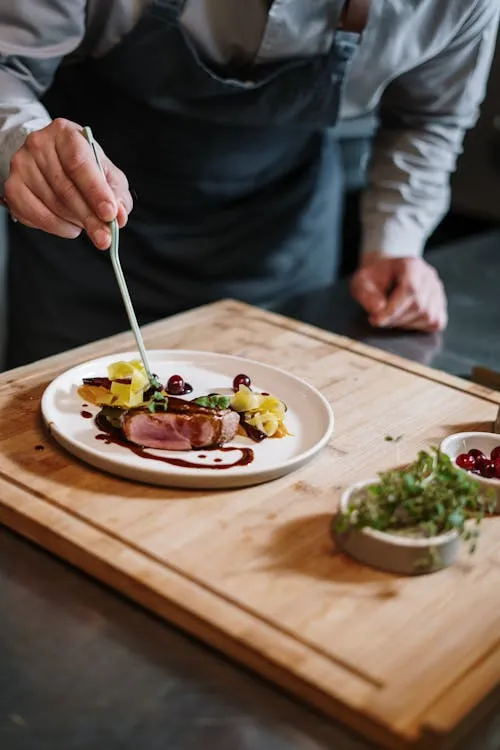 cottonbro studio on pexels
cottonbro studio on pexels
Professional chefs use plating techniques to make dishes look as good as they taste. Adding sauces in a controlled drizzle or arranging ingredients thoughtfully creates visually appealing plates that enhance the dining experience.